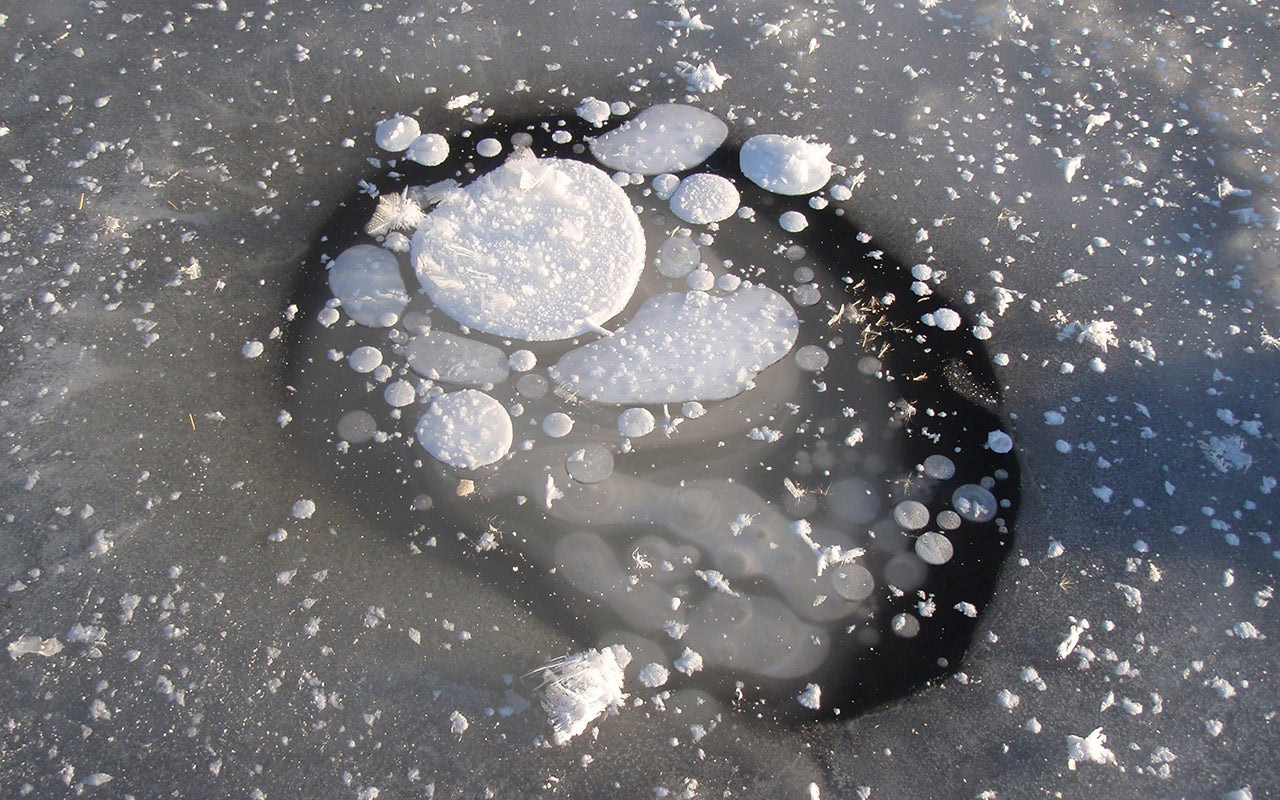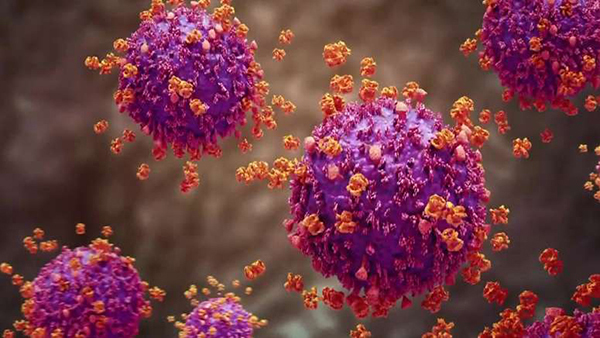Permafrost is ground that continuously remains below 0°C (32°F) for two or more years, located on land or under the ocean. Most common in the Northern Hemisphere, around 15% of the Northern Hemisphere or 11% of the global surface is underlain by permafrost, with the total area of around 18 million km2. This includes substantial areas of Alaska, Greenland, Canada and Siberia. It can also be located on mountaintops in the Southern Hemisphere and beneath ice-free areas in the Antarctic.
Permafrost can be a few feet deep or extend a mile or more below the Earth's surface. It covers about 9 million square miles in the Northern Hemisphere. For example, nearly 85% of the state of Alaska is on top of a layer of permafrost. In the Southern Hemisphere, it's beneath Antarctica and in New Zealand's Southern Alps and South America's Andes.
Unfortunately, the Arctic is warming four times faster than the rest of the globe, and that is threatening the world's permafrost. Thawing permafrost brings a whole host of problems. Melting permafrost can cause roads, buildings and pipelines to collapse. Researchers say nearly half of the Arctic's infrastructure could be at high risk by 2050.
Permafrost does not have to be the first layer that is on the ground. It can be from several centimeters to several hundred meters deep under the Earth's surface. It frequently occurs in ground ice, but it can also be present in non-porous bedrock. Permafrost is formed from ice holding various types of soil, sand, and rock in combination.
Permafrost contains large amounts of biomass and decomposed biomass that has been stored as methane and carbon dioxide, making tundra soil a carbon sink. As global warming heats the ecosystem and causes soil thawing, the permafrost carbon cycle accelerates and releases much of these soil-contained greenhouse gases into the atmosphere, creating a feedback cycle that increases climate change.
Thawing of permafrost is one of the effects of climate change. While emissions from thawing permafrost will be significant enough to lead to additional warming, they will likely not be enough to trigger a self-reinforcing feedback leading to "runaway warming".

The permafrost has trapped tons and tons of carbon from organic material. When permafrost melts, that material begins to decompose. The carbon is converted into the greenhouse gasses carbon dioxide and methane, which accelerate global warming when they are released into the atmosphere. Continue reading

Scientists have discovered ancient viruses and other pathogens in the meting permafrost that could be released into the air.
When Covid-19 was first discovered I made a list of six possible origins one of them a virus that was released as the permafrost around the world melts down. The list is growing.